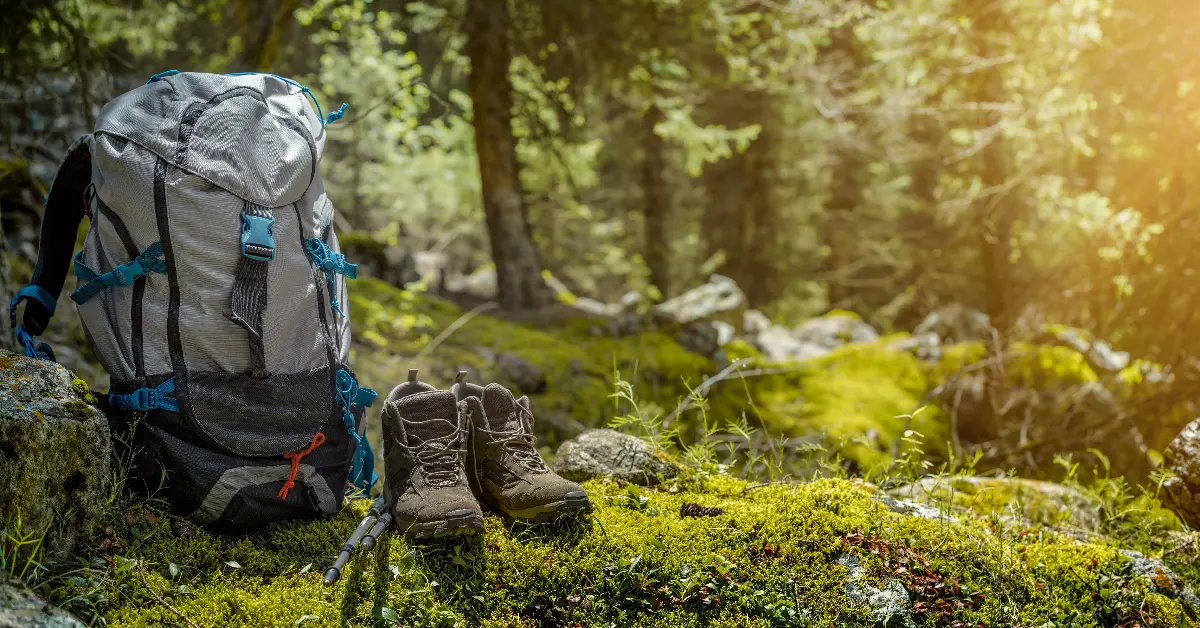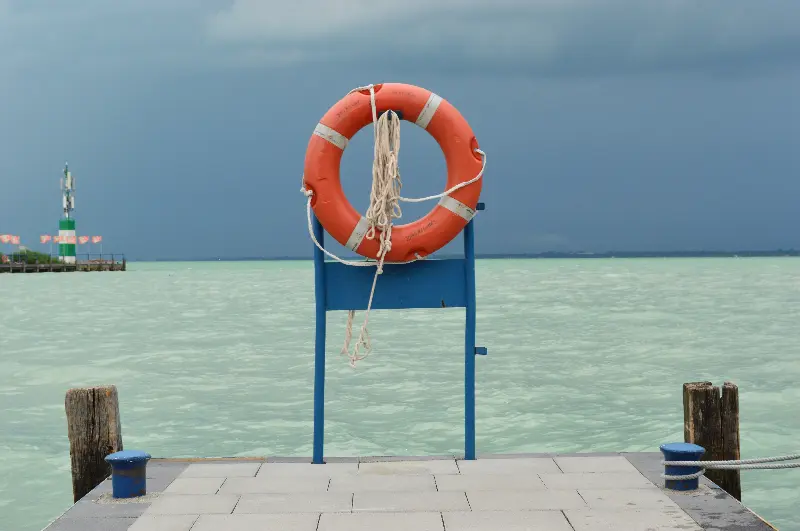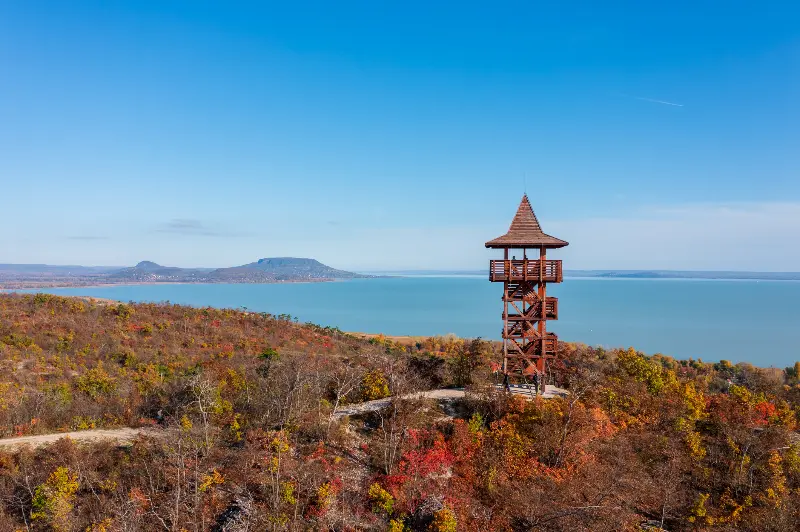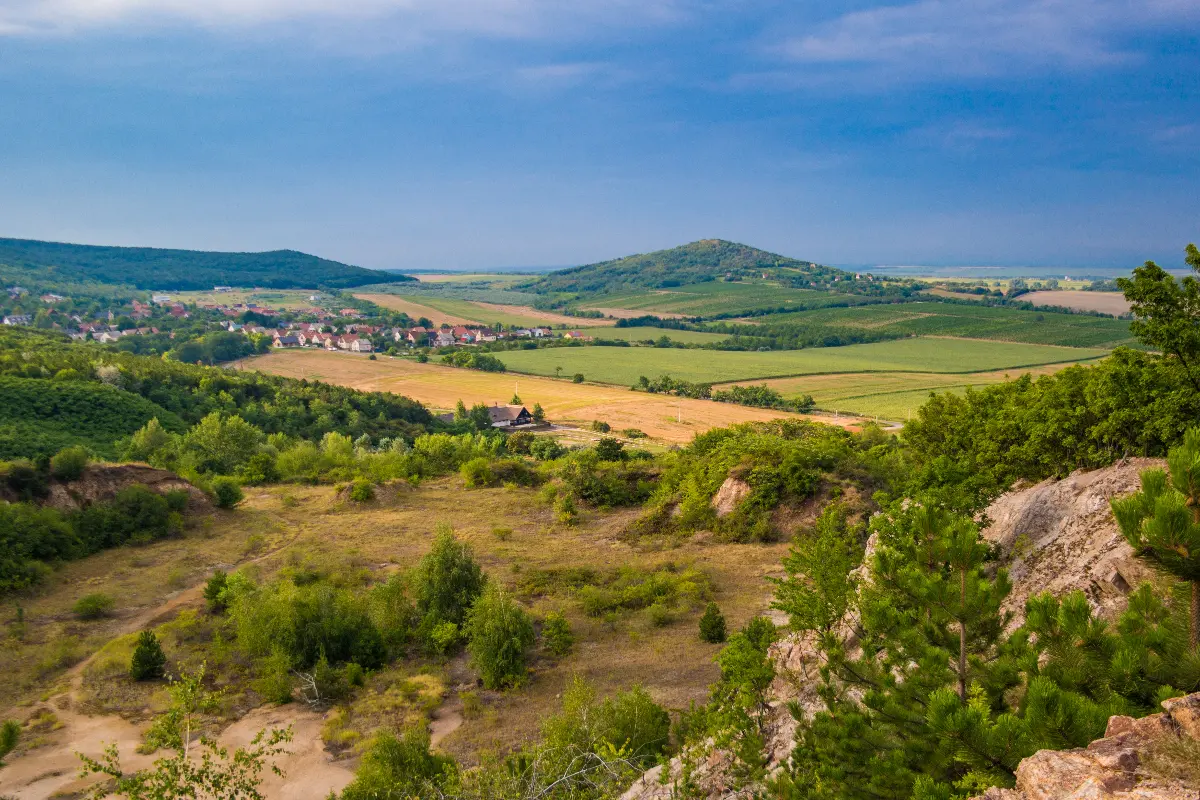
Helyszín címkék:
Millions of years of adventures in the Velence hills - hikes among unique rocks and stones
Káldi Emese
If you want to start your visit with a special view, the first place to go is the Bence Hill Lookout in Velence! The new tower on the 210-metre-high hilltop has been open to the public for a few years The unusual structure, called the “Concrete Flower”, can be visited all year round for a small fee, and you can even plan your next waypoints from here, which will be less than twenty kilometres apart - the Velence Hills are the smallest mountain range in Hungary.
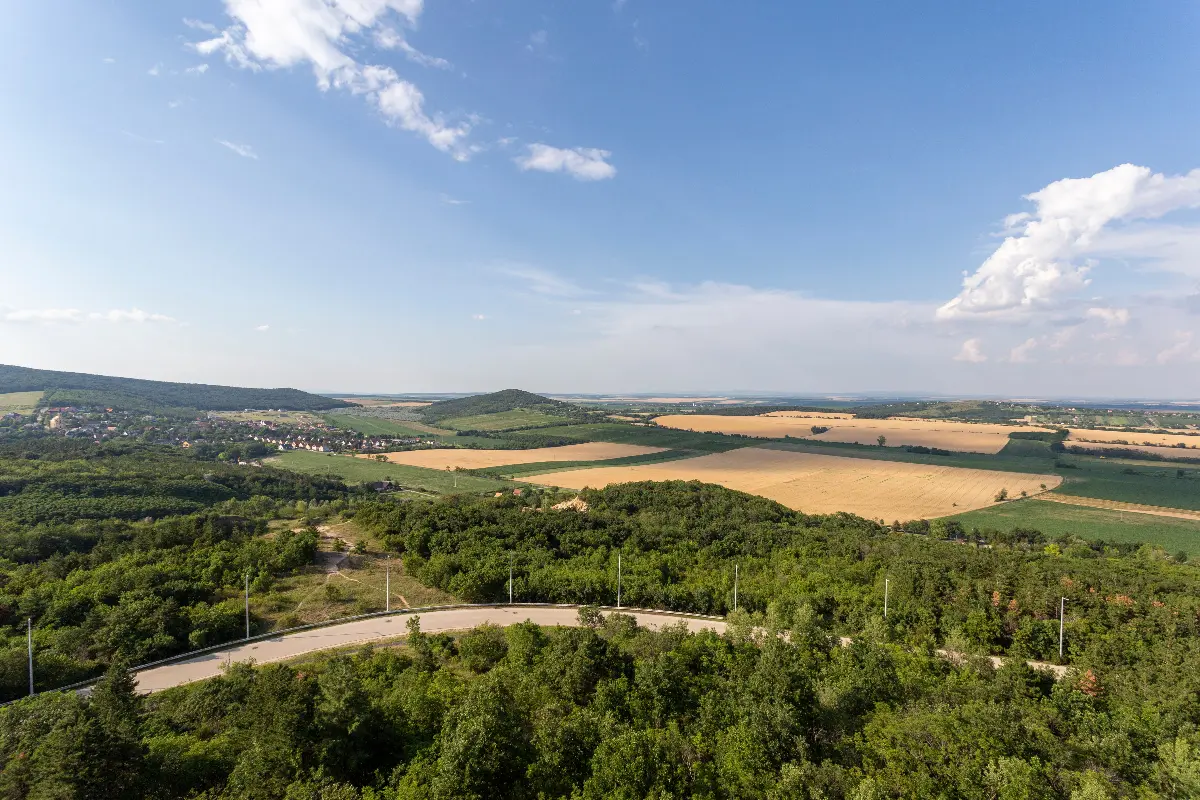
If you head for Pázmánd after Velence, you can visit an easily accessible but very spectacular natural formation: the Jewish Hill, also about 200 metres high, is a small but charming rock gorge, formed millions of years ago. Within a few minutes, the red sign from Deák Ferenc Street will take you up to a hillside that resembles a rock garden of giants, where you can wander among large blocks of quartzite. There are crevices, cavernous gaps, rocky peaks with panoramic views, and if you climb to the top of the mountain, you can look around the landscape from under three stone crosses.
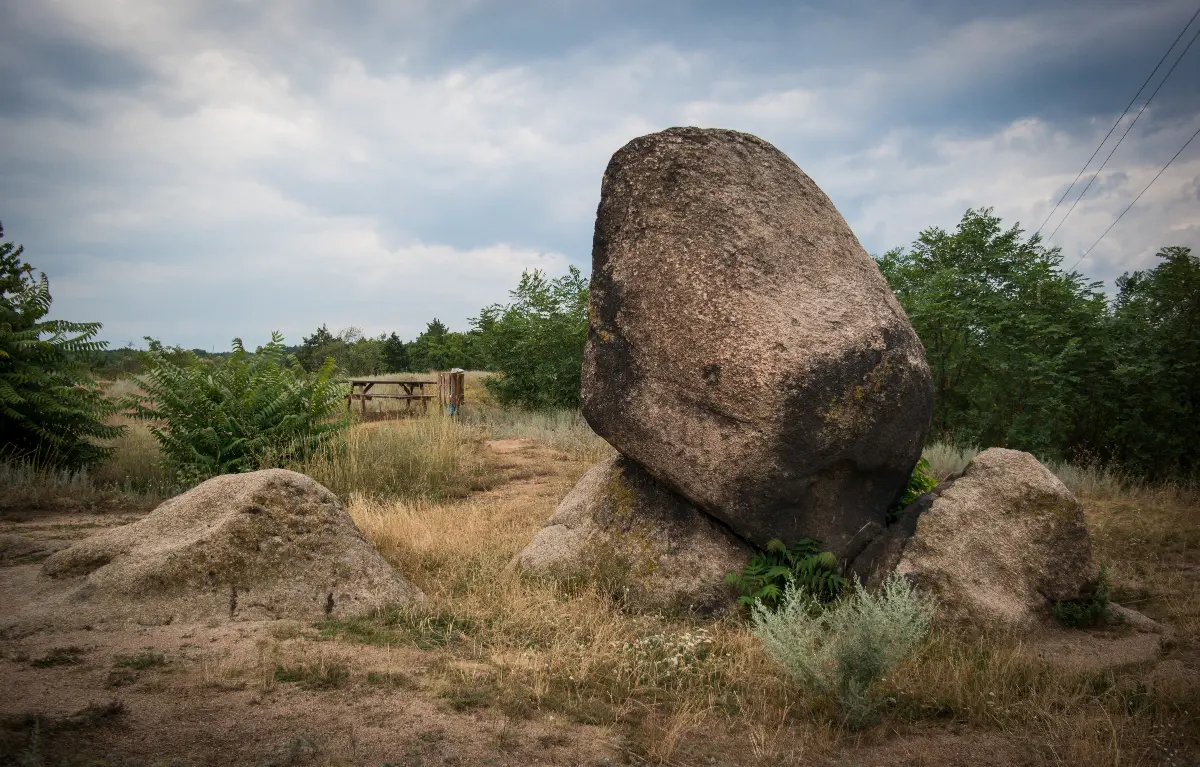
There's no shortage of rock anywhere else in the Velence Hills, and almost wherever you go, you feel those giants were in a playful mood when they were here. Moving stones make the landscape more exciting, for example, the “Wool Sack” in Sukoró. It looks as if a huge soft sack has been blown across the hilltop by the wind from afar, out of nowhere. Of course, if you look closely, you'll notice a few other small rock formations in the area - which are accessible by car - these were once buried underground, only to emerge over millions of years because of erosion and tectonic movements. And although they are very hard rocks, once formed by deep volcanic activity, they are now rounded, thanks to the persistent work of water flowing under the surface. That's how they became moving stones: the rocks underneath them were worked harder by the water, "running out" from under them as they emerged above the ground. And while you're at the “Wool Sacks”, it's also worth walking a few hundred metres along the path into the forest to the Italian quarry. Here the granite shows an unfamiliar face: in the quarry once used by quarrymen in Italy the hardness of the rocks is visible to, as if giant crystals are rising out of the ground. It is also a good idea to come here, because here we can understand the formation of the moving stones, as there are several fracture lines in the stone blocks. If we were to wait a few million years for the water to do its work along with them, we could see the rocks separating.
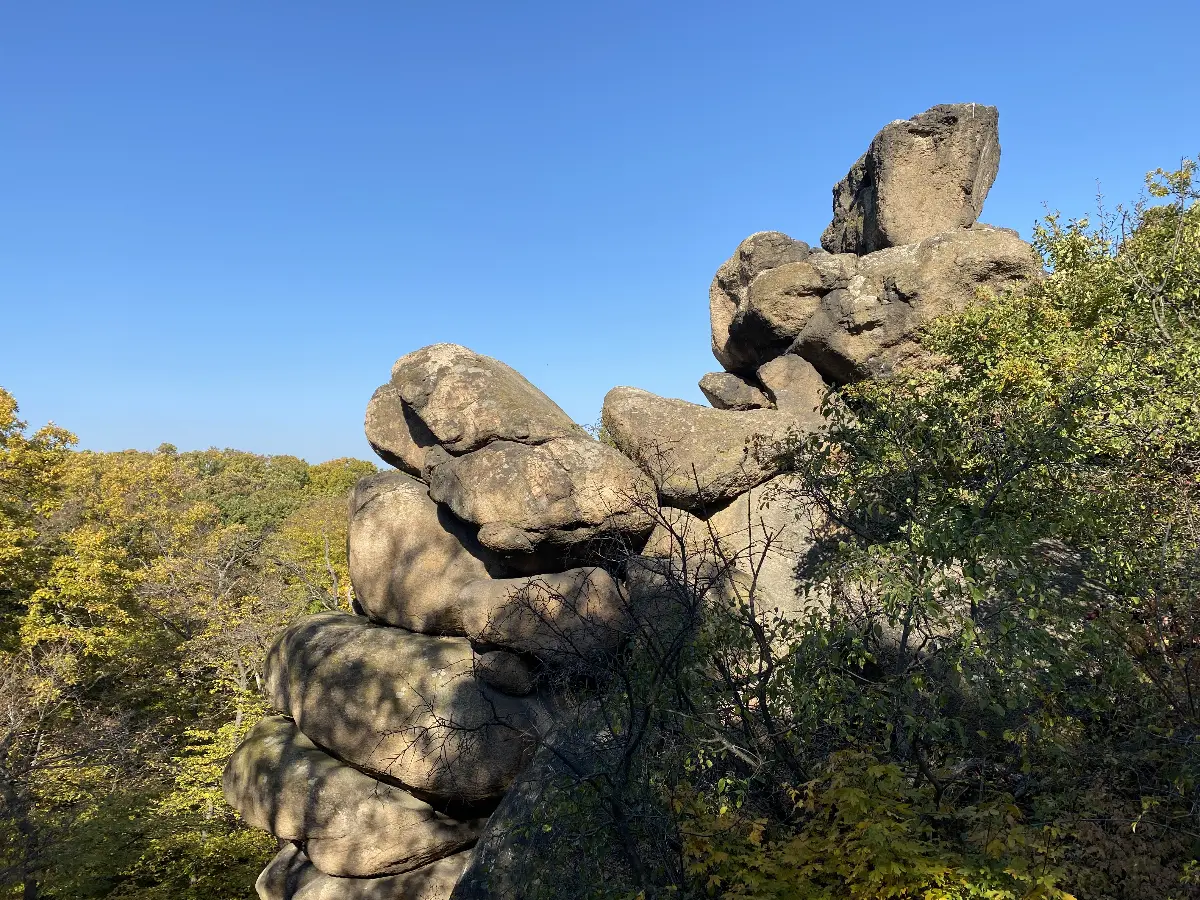
The mountain range's best-known geological treasure still awaits us at Pákozd. Here, in a picturesque nature reserve, you will find several moving stone formations. If you're with children, you can play a little: although most of the shapes have long been called something by their shape, you can still suggest that little one’s name them using their own imagination. You can walk up from the car park at Lake Bella - but there are several other routes to the site - we can stalk these smaller and larger rocks to a small scrubby hilltop, but there are also some further on, in the wooded area, such as the one called the “Robber Stone”. This is a must-see: you can clamber into the enormous stone blocks known as the Rogue Cave. Of course, it's not a real cave, just a gap between the rocks, but it's still a very exciting discovery to cling and crawl “inside". And to end our “roguishness”, we've now covered millions of years in a single trip, so - whatever our age - we can feel unashamedly young.
